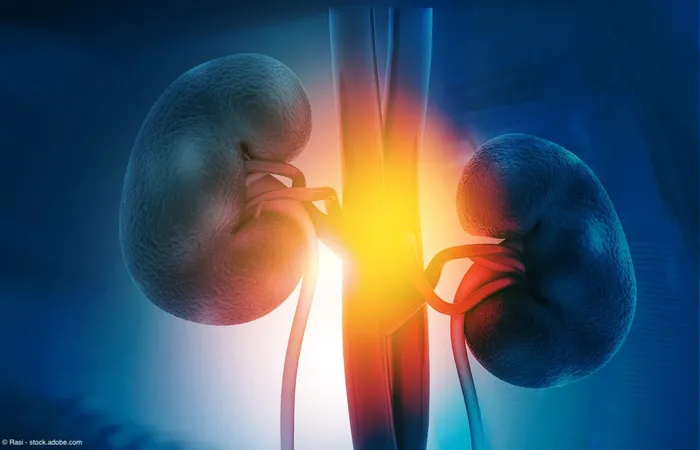
Groundbreaking Study Links Nuclear Speckles to Kidney Cancer Treatment Outcomes
2025-01-02
Author: Ming
Recent research published in *Nature Cell Biology* reveals an intriguing connection between specific cellular structures known as nuclear speckles and survival rates in patients with clear cell renal cell carcinoma (ccRCC), a common and aggressive type of kidney cancer. This discovery could pave the way for more personalized treatment strategies.
The study, led by Dr. Katherine A. Alexander from Cold Spring Harbor Laboratory, presents compelling evidence that variations in the appearance of nuclear speckles could significantly influence the effectiveness of certain cancer therapies. “We found that different therapies are more or less effective depending on how the speckles look,” Dr. Alexander remarked, highlighting the potential for tailoring treatments based on the speckle state of a patient’s tumor.
Nuclear speckles, which are primarily located within the cell nucleus, exist in two distinct forms within tumors. The first type, referred to as Signature II RNA-based speckles (or "normal-like speckles"), tends to be centrally located and resembles healthy tissue characteristics. In contrast, the second type, Signature I RNA-based speckles (or "aberrant speckles"), displays a more dispersed distribution and shows an increased expression of certain genes linked to cancer.
While these two signature types were observed across 24 different cancer types during the study, it was only within ccRCC that a clear correlation with patient outcomes was noted. Notably, tumors exhibiting Signature I were more prevalent in advanced stages and displayed poorer survival outcomes. Importantly, adjacent tissues in ccRCC cases showed a predominance of Signature II, implying a potential dysfunction associated with the tumor’s speckle profile.
Further analysis compared these speckle signatures with the response to therapies using clinical trial data for everolimus (Afinitor) and nivolumab (Opdivo). The findings indicated that patients with tumors showcasing Signature I did not experience significant survival differences between the two treatments. Conversely, those with Signature II tumors demonstrated enhanced overall survival when treated with nivolumab over everolimus.
Dr. Alexander emphasized the potential of this research for clinical practice: “It’s monumental because cancer therapy often comes with severe side effects. Being able to predict treatment responsiveness based on tumor speckle characteristics could transform patient care, allowing for drug selection that best fits their tumor profile.”
The research also hinted at the role of HIF-2α, a transcription factor, in this relationship. The team speculated that HIF-2α might work alongside another transcription factor, p53, in regulating the association with nuclear speckles. They observed that nuclear speckles appear to influence the functional programs associated with HIF-2α, possibly affecting the genes activated during treatment.
Despite these promising insights, the researchers cautioned that more studies are needed to elucidate the exact mechanisms behind these observations. “The impact of these speckle signatures on patient outcomes is still not completely understood,” noted Dr. Shelby L. Berger from the University of Pennsylvania. “However, we believe this beginning could lead to significant advancements in personalized treatments for ccRCC patients.”
In conclusion, the discovery of the association between nuclear speckles and kidney cancer treatment outcomes marks a pivotal moment in cancer research. As investigations continue, the hope is that this could lead to improved treatment stratification and ultimately enhance survival rates for patients battling this formidable disease.

 Brasil (PT)
Brasil (PT)
 Canada (EN)
Canada (EN)
 Chile (ES)
Chile (ES)
 Česko (CS)
Česko (CS)
 대한민국 (KO)
대한민국 (KO)
 España (ES)
España (ES)
 France (FR)
France (FR)
 Hong Kong (EN)
Hong Kong (EN)
 Italia (IT)
Italia (IT)
 日本 (JA)
日本 (JA)
 Magyarország (HU)
Magyarország (HU)
 Norge (NO)
Norge (NO)
 Polska (PL)
Polska (PL)
 Schweiz (DE)
Schweiz (DE)
 Singapore (EN)
Singapore (EN)
 Sverige (SV)
Sverige (SV)
 Suomi (FI)
Suomi (FI)
 Türkiye (TR)
Türkiye (TR)
 الإمارات العربية المتحدة (AR)
الإمارات العربية المتحدة (AR)